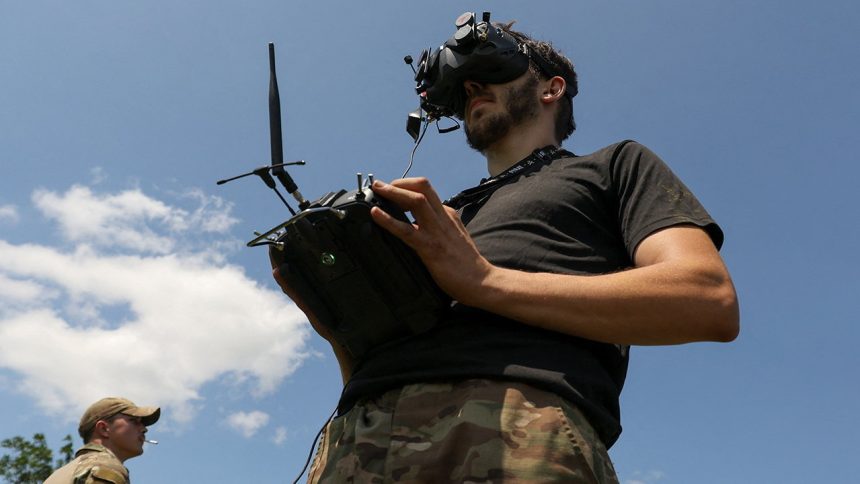Inside the bomb shelter, I came face to face with my own vulnerability. It was not just the trembling of the ground after each distant explosion, nor the suffocating silence between blasts that unsettled me the most. It was the sudden realization that no matter how much we plan, how much we try to stay strong, war has the power to strip us down to our most fragile selves.
Across the world, from Ukraine to Gaza, from Syria to Sudan, millions have had to hide in underground shelters, metro stations, or basements, praying the next missile wouldn’t fall on their roofs. For many, the bomb shelter is both a shield and a prison — a place where life is suspended, where survival is the only goal, and where vulnerability becomes the only truth.
This article takes you inside the experience of bomb shelters, blending storytelling with history, psychology, and real-world examples. It aims to show not just the fear and fragility people encounter underground, but also the resilience and humanity that emerges in the darkest moments.
The History of Bomb Shelters
Bomb shelters are not new. They have existed in various forms for centuries, adapting to the evolving face of warfare. During World War II, Londoners famously sought refuge in the Underground stations as German air raids devastated the city. In the Cold War, governments across the world constructed bunkers fearing nuclear annihilation.
Today, shelters are scattered across the world’s conflict zones. In Ukraine, metro stations in Kyiv and Kharkiv have doubled as shelters during missile barrages. In Israel, nearly every home has a designated safe room. In Gaza, basements and improvised bunkers serve the same purpose, though often with limited protection.
What It Feels Like Inside a Bomb Shelter
Inside the bomb shelter, I came face to face with my own vulnerability not because of the bombs outside, but because of the emotions inside.
- The Sounds: Every thud above makes the walls shake. Even muffled, the noises trigger deep survival instincts.
- The Smells: Damp concrete, crowded bodies, and sometimes food supplies stored in haste.
- The Silence: Between strikes, silence feels heavy — people barely whisper, afraid their voices might shatter the fragile calm.
- The Fear: The most powerful force is not the enemy above but the uncertainty. Will the shelter hold? Will this night end?
- Psychologists describe this as a form of “anticipatory trauma” — a constant cycle of waiting, fearing, and bracing for impact.
Statistics on Shelter Use
In Ukraine, UNICEF estimated that at the height of missile attacks, over 1.5 million children regularly sought safety in shelters.
In Israel, civil defense authorities report that over 80% of the population has access to reinforced rooms or shelters.
In Gaza, UN agencies have recorded hundreds of thousands of civilians displaced into schools and makeshift shelters within just days of escalations.
These numbers highlight how bomb shelters have become central to survival in modern warfare.
Personal Stories of Vulnerability
“I thought it was the end of my life,” recalls a Ukrainian woman who spent 72 hours in a Kharkiv metro station with her two children. “The shelter protected us, but it also reminded us that everything we had built above ground could disappear in an instant.”
A survivor from Aleppo, Syria, described the feeling in similar terms: “It is strange — the moment you are safest, you also feel the most powerless. You realize your life depends on walls, cement, and luck.”
These stories resonate across continents because vulnerability inside a bomb shelter is universal — no matter the culture, language, or political backdrop.
Psychological Impact of Bomb Shelters
Inside the bomb shelter, I came face to face with my own vulnerability — and that realization carried long-term consequences.
- Experts note that repeated sheltering during conflict leads to:
- Heightened anxiety and PTSD in children and adults.
- Interrupted education as schools shut down during repeated sirens.
- Loss of community bonds as families are separated in the rush to find shelter.
- Resilience-building, paradoxically, as shared survival fosters solidarity.
- According to Dr. Samir Khalil, a psychologist specializing in war trauma:
“Bomb shelters are paradoxical spaces. They protect the body, but they also expose the soul. People remember the fear they felt underground for the rest of their lives.”
The Role of Community in Bomb Shelters
Interestingly, many survivors also describe unexpected moments of unity. Inside a bomb shelter, strangers share food, tell stories, and comfort crying children. A sense of solidarity emerges, transforming vulnerability into collective strength.
In Kyiv, volunteers organize activities for children inside metro stations. In Tel Aviv, people sing songs together while waiting out air raid sirens. In Gaza, neighbors cook meals collectively in crowded basements.
Even in the darkest spaces, humanity finds ways to shine.
The Global Perspective
Bomb shelters are not only physical structures — they are symbols of an era in which civilians are often on the frontlines of conflict.
In South Korea, shelters are drilled for in case of escalation with North Korea.
- In Switzerland, laws require that every citizen has access to a bomb shelter, making it one of the most protected nations in the world.
- In Japan, the fear of earthquakes and nuclear threats has led to the construction of dual-purpose shelters.
- The global reliance on shelters reveals both progress in civil defense and the enduring fragility of peace.
- Technology and the Future of Shelters
- Modern shelters are increasingly high-tech. Some include:
- Air filtration systems against chemical or biological weapons.
- Solar-powered generators to sustain longer stays.
- Digital communications hubs so civilians can stay informed.
- Yet despite these advances, the essential vulnerability remains. As one survivor put it:
“You can have the strongest bunker, but inside, you still feel human — fragile, mortal, and uncertain.”
FAQs
Why are bomb shelters still relevant today?
Because modern warfare increasingly targets civilian areas, bomb shelters remain critical for survival in conflict zones.
What does it feel like to live in a bomb shelter?
Most describe it as claustrophobic, tense, and emotionally draining, but also sometimes surprisingly communal.
How do children cope with time in shelters?
Children often struggle with anxiety and interrupted education, though community support and activities help them cope.
Are modern bomb shelters different from those in WWII?
Yes. Today’s shelters often include advanced filtration, communication, and energy systems, though vulnerability remains.
What lesson do bomb shelters teach us about humanity?
That in the face of destruction, our fragility unites us. Vulnerability is not weakness — it is a shared human truth.
Conclusion
Inside the bomb shelter, I came face to face with my own vulnerability. That moment changed how I see the world. Safety is never guaranteed, peace is never permanent, and resilience is often born in the darkest places.
Bomb shelters protect lives, but they also reveal the profound cost of war: the psychological scars, the loss of normalcy, and the realization that human fragility is universal.
And yet, within those walls of concrete and fear, people continue to hold onto hope. Vulnerability becomes not just a weakness but also a reminder of what makes us human — the ability to fear, to endure, and ultimately, to survive.













